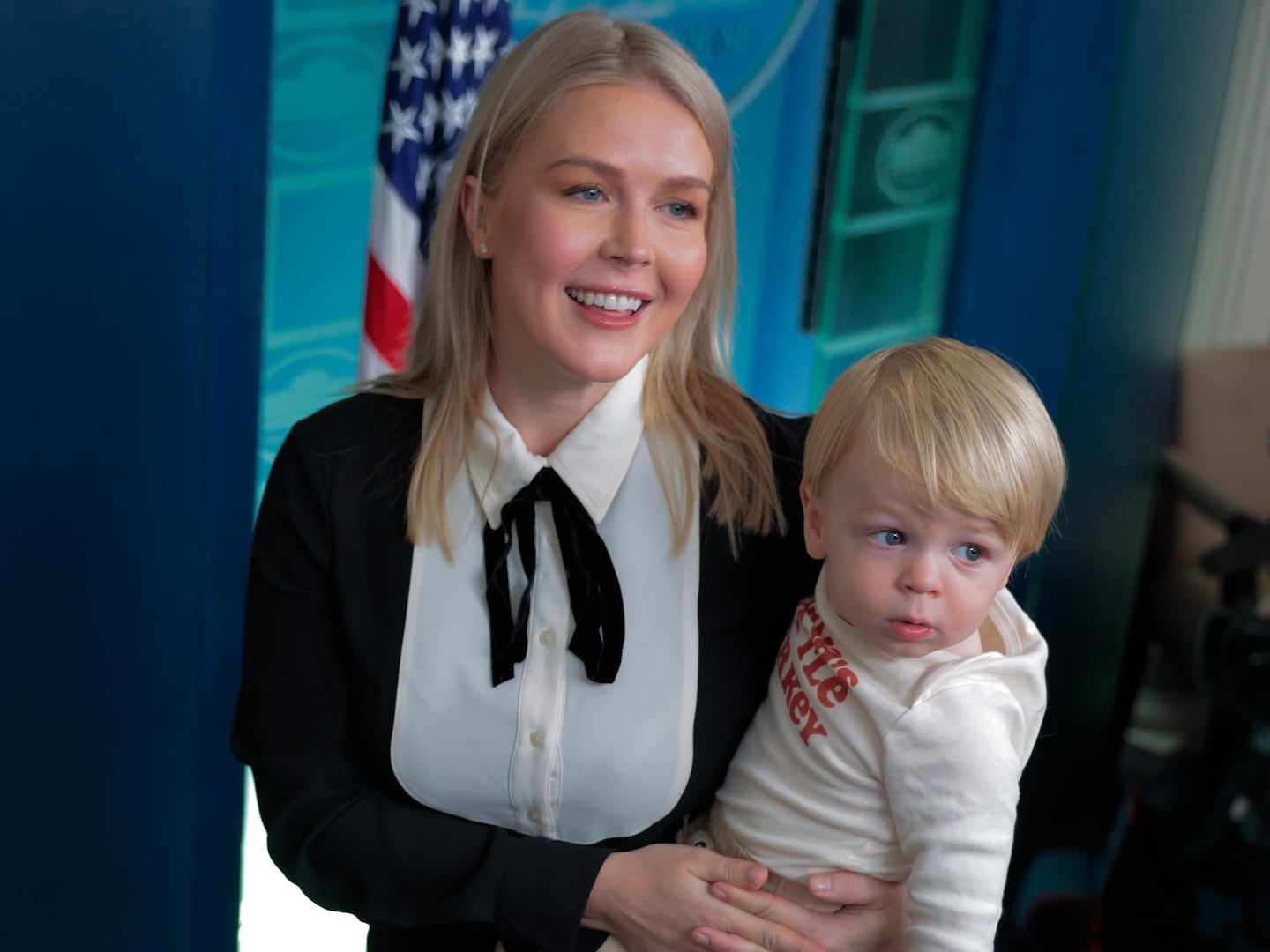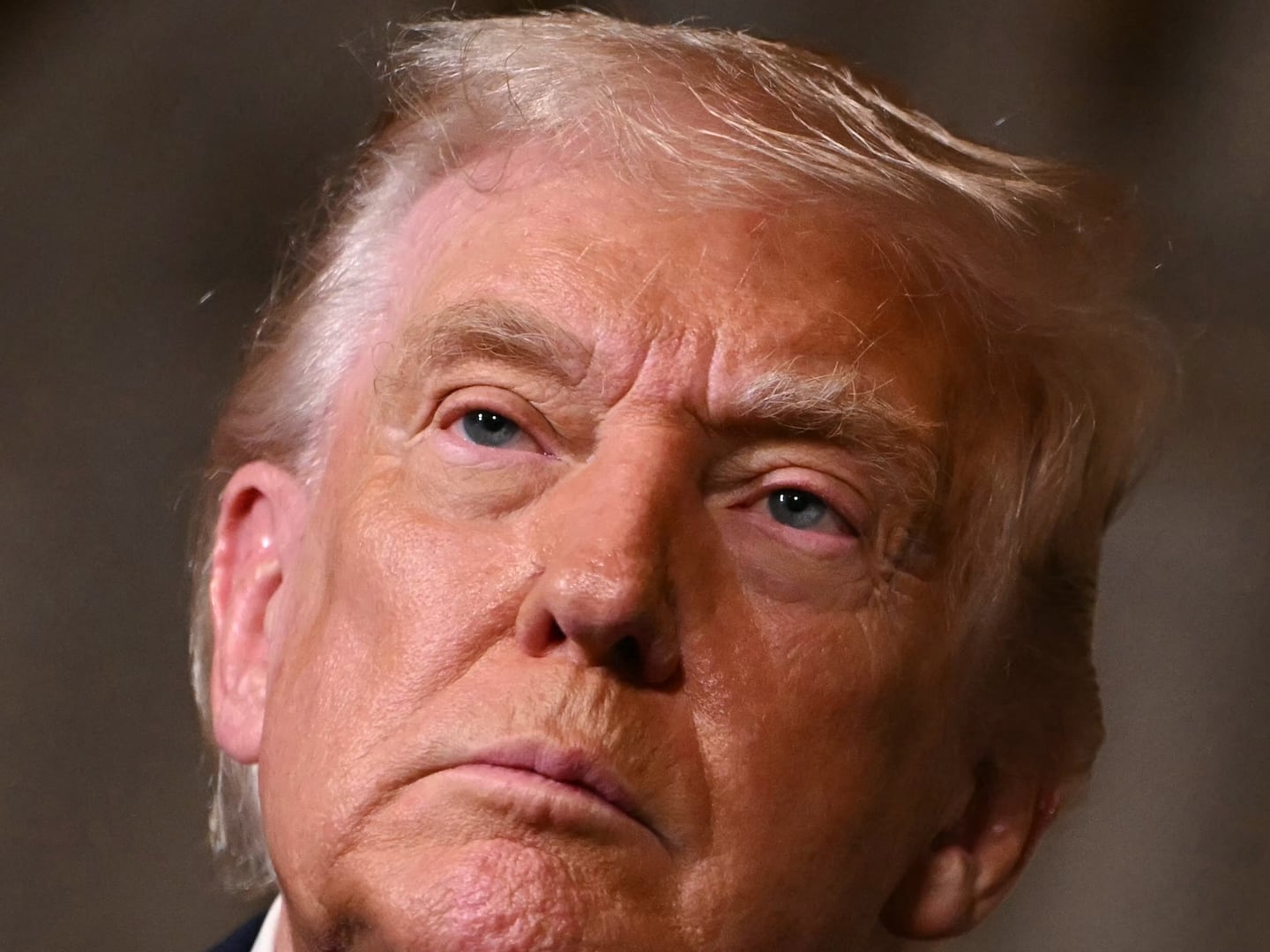It makes perfect sense that Martin Scorsese, who’s been obsessed with Shūsaku Endō’s 1966 novel Silence since a clergyman gave him a copy over two decades ago, should have spent the next quarter century trying to bring the Japanese Catholic author’s richly complex spiritual inquisition to the screen. And why not? On the heels of 2013’s Wolf of Wall Street, Scorsese’s long-gestating passion project follows the thematic lineage of his Last Temptation of Christ and Kundun, making it plainly essential viewing for the Scorsese faithful and those who share his keen interest in matters of personal faith.
But for skeptics and non-believers, the 161-minute tale of the spiritual struggle quietly raging within one white savior out of water in feudal Japan is a frustrating journey to take—and an ardent story about cultural imperialism and Western arrogance that doesn’t recognize its own.
The Portuguese first arrived in Japan in the middle of the 16th century, bringing guns and God along with them. Bearing gifts and preaching the gospel, the Jesuit Francis Xavier was the first European to succeed in spreading the germ of Christianity into a Buddhist and Shinto land. But when ruler Tokugawa Ieyasu reversed Japan’s stance on missionaries half a century later in order to protect the empire from encroaching Western cultural influence, the widespread eviction of foreign evangelicals and persecution of Japanese Christians forced practitioners into hiding under pain of torture or worse, birthing the Kakure Kirishitans—the “Hidden Christians.”
It’s against this brutal climate of feudal control and religious oppression that Silence takes place, as seen through the kindly agonizing eyes of Sebastiao Rodrigues (Andrew Garfield), a young but devoted 17th century Portuguese priest. Sent from Lisbon with his fellow Jesuit Francisco Garrpe (Adam Driver) to investigate the unknown fate of their former teacher, Father Cristovao Ferreira (Liam Neeson), the Church’s “army of two” sets off on a harrowing journey into the heart of a hostile Japan, buoyed by their devotion and the unshakeable conceit that they’re on a mission from God to bring their “truth” to a country of naïve converts in need.
Adapting Endō’s celebrated novel with repeat collaborator Jay Cocks (The Age of Innocence, Gangs of New York), Scorsese traces its linear narrative at a languid pace that allows Garfield’s sensitive portrayal to emerge in long sections of quietude, narrating Rodrigues’s written letters back to Portugal over stunning scenes of the craggy and verdant Japanese coastline. The natural landscape of Japan comes alive through Rodrigo Prieto’s lensing as Rodrigues and Garrpe make their way onto the closed-off islands of Japan from Macau with the help of a shifty drunkard named Kichijiro (Yosuke Kubozuka), whose own crises of faith will become recurring provocations for Rodrigues’s spiritual evolution.
At first the frightened but determined priests find the land and poor villagers of Japan foreboding in their foreignness, and they cling to one another as they hide in dank squalor to elude discovery. They find gratification of purpose when they’re taken in and harbored by local Japanese Christians who, desperate for the ministrations of padres long gone, have adapted to worshipping in secret: carving their own icons from wood, clumsily reciting prayers learned from long-absent padres. All the while, they tell the duo, they’ve been longing for the return of the priests who can deliver Christian absolution, forgive their sins, and lead them to a paradise free of the worldly suffering they endure under the rule of a cruel and brutal Japanese overclass.
Scorsese’s restrained imagery immediately evokes the inherent contradictions in this interloper’s condescension, one validated by the extreme cruelties and horrors inflicted upon Japanese bodies so that they may be witnessed by the Portuguese. (He cast a Spider-Man, a Jedi, and Kylo Ren as his trio of padres and filmed in English, making the call to portray his Portuguese characters as noble Caucasian saviors with wildly differing accents but bankable faces.) The film opens on a stunningly photographed inlet of steaming hot springs in winter: Neeson’s Ferreira watches helplessly as Japanese Christians are stripped down and burned with ladles of boiling water. Their screams pierce the air, but it’s Ferreira’s agony we are meant to feel—the agony of his inability to stop the torture, the suffering of his helplessness.
Another scene of torture is also one of Silence’s most virtuosic sequences, in which a trio of Japanese villagers, having refused to renounce their faith—to apostatize—are crucified in the rising tide of the Pacific until they expire from exhaustion. It’s one of the film’s most soul-stirring moments thanks to fine work from Japanese actor Shinya Tsukamoto, who plays the unflaggingly devout Mokichi. And yet here again, the pain is twofold: Mokichi’s dying gasps, loyal to God to the end, are validated by Rodrigues, watching helplessly from afar as he hides from the local lord’s enforcers.
Later, Rodrigues is imprisoned by authorities and pressured to renounce God by trampling on a likeness of Christ. He refuses, and suffers. But he is to discover there are harsher punishments than those that might be physically inflicted upon his own body. Catholic guilt gets a workout for nearly three hours onscreen in Silence, as Rodrigues and the more rigid Garrpe struggle to resolve the austerity of the teachings they’re imparting to a desperate flock with the grim suspicion that it all might be for naught.
Throughout Silence those silent agonies flash across Garfield’s distressed baby face, which Scorsese alternately smudges with grime to blend in with his dirt-covered parishioners, or frames in long voluminous Jesus curls to juxtapose his Christ-like glow with the wretched, imploring Japanese Christians. It’s not the plight of the Japanese that Scorsese is interested in, nor is that what the prideful Rodrigues worries over, as he longs to serve his righteous way to the Lord or die a glorious martyr’s death. As a result, Silence is a frequently dragging and exhausting meditation on spiritual fidelity that has little time for the non-white people on either side of this unholy reign of terror.

Like Rodrigues, Scorsese’s sense of purpose and his own self-interest lead him down a narrow path that mostly preaches to the lapsed and likeminded. A nonbeliever, on the other hand, might find Scorsese’s dogmatic obsession so taxing that it seems perfectly reasonable when the Japanese take strategic measures to expel these interlopers from their country—yes, sure, even if it means hanging innocents by the feet until the torture drives them mad or worse. If you suffer from the affliction of not caring about the soul of Silence’s hero, you too might find yourself dreadfully uninterested in the crisis he’s brought upon himself, wishing he’d just go home to Portugal and leave Japan alone.
Alas, along the way Rodrigues finds himself lifted and spurred on by the devotion of the secret Christians he meets, who happily sacrifice themselves to torture and death if it means earning their Jesus stripes. But ultimately his journey becomes more defined by a trio of Japanese foils who become the biggest thorns in his side: Kichijiro, the Judas to his Christ; The Interpreter, an enigmatic court-appointed translator trying to convince him to renounce his faith (Tadanobu Asano); and Inquisitor Inouye (Issei Ogata), the feudal lord in charge of the persecution of Christians whose off-putting demeanor masks a ruthlessness reflected in the name Scorsese gave him—a reminder that the Catholics themselves weren’t so innocent elsewhere in the world around the same time.
The combined excellence of this Japanese trio is maddening, because they bring Silence’s most provocative characters to life only to ultimately and thanklessly be used as props for Rodrigues’s own self-absorbed journey of spiritual self-discovery. Ogata, a gifted comedian, infuses Inoue with a mesmerizing duality that combats Rodrigues’s youthful egotism; he’s more deserving of a supporting actor awards push than, say, Neeson, whose presence in the film is laughably scant by comparison. Asano, one of the best Japanese actors of his generation, shines with a deceptive charm as he works his master manipulations on the stubbornly resistant priest. Kubozuka lends the traitorous Kichijiro a pitiable relatability and turns Rodrigues’ own personal Judas into a compellingly illustrative figure of questioning and utterly human faith.
Scorsese’s very Catholic interest in Endō’s Silence lies in the question of whether or not God forgives those who renounce Him—and how the devoted deal with the psychological torment of His silence. But he seems only to care how those questions impact his light-skinned protagonist. To that end, he stakes more investment in the spiritual agonies of his priest than he does in the native peasants who are literally dying to protect the foreign padres, without granting the Japanese Christians or their tormentors the full breadth of context and complexity that Endō wrote into his novel. Absent from the film, for example, is any exploration of the socioeconomic power structure that turned so many poor Japanese peasants toward Christian teachings that promised paradise and salvation—escape from their miserable earthly lives. Silence ignores the economics of why Western faith found a berth in Japan to begin with and breezes over the underlying cultural clash that, one untrustworthy character argues, makes it impossible for Christianity to take root in the “swamp” of Japan.

In his pursuit of his protagonist’s prerogative, Scorsese in effect reduces Japan to gorgeous, exotic, unforgiving scenery. (He shot it in Taiwan, where he also received partial financing.) Its people exist to serve Rodrigues’s reckoning with his own faith. The difference is crucial: Endō may have written a Western male protagonist and plopped him smack dab in the middle of a tumultuous time in Japan, but he also kept enough distance from his priest to illuminate his flaws against the bigger picture. Those nuances are seeded throughout Endō’s novel, which he himself co-adapted into a 1971 film and later, an opera. The author, both a conflicted Japanese and a conflicted Catholic, painted a portrait of a bygone Japan in flux, where missionaries found themselves in the position of reconciling their own strict doctrine with a culture they did not understand.
Scorsese is almost single-mindedly concerned with the salvation of Rodrigues’s soul. Is he, then, in the same rickety boat as his protagonist?
Compare his embellishments of the source material to the novel itself and the first film to be adapted from it, by Double Suicide filmmaker Masahiro Shinoda, five years after the book’s release. Co-written by Endō, 1971’s Chinmoku (Silence) ends with a controversial bang that leaves little ambiguity to Shinoda’s harsh view of the outsider Rodrigues, and the metaphorical consequences missionaries brought to Japan in the guise of spreading salvation. Endō, who passed away in 1996, reportedly hated the director’s ending, which hammers home its point by holding a gruesome freeze-frame on Rodrigues’s gnarled face. (For those interested, the 1971 film is available on the streaming platform FilmStruck.)
By comparison, Silence treats Endō’s protagonist with kid gloves as it ignores the cultural exploration that accompanies the religious one in Endō’s book—and in doing so embraces the white male perspective Scorsese brings with him. He spares Rodrigues the ignominy of Chinmoku’s ending, prizing the priest’s spiritual purity over all else, and in doing so turns Garfield’s earnestness into tedious, endless self-absorption. He also takes the liberty of giving Rodrigues a final act of grace that Endo never wrote. Is Scorsese playing God with Endō’s material, gifting Rodrigues with this last bit of ham-fisted redemption? At best it’s an indulgent affirmation that, like the whole of Silence, serves only the faithful and the questioning. At worst it’s an emotionally manipulative flourish that sends Silence off as a requiem for Rodrigues, true believer, noble victim of the cruel Japanese.
It’s no coincidence that Endō wrote his novel in 1966 inspired by his country’s own history and the life of the Italian Jesuit Giuseppe Chiara, a generation removed from the sharp and forced end to Japan’s own imperialist efforts. He’d converted to Catholicism at age 10 for his mother and during WWII found himself a lonely practitioner of the religion of Japan’s enemies—an outsider in his own country. Later he moved to France seeking something closer to acceptance, only to find himself the target of European racism. His book, from this thornily conflicted Japanese Catholic perspective, reflects a much richer, and much more complicated interrogation into the collision of forces that converged upon and within Japan, yielding universal questions from such a specific life.
By filtering Endō’s complex moral conflict into a work of spiritual tourism Scorsese selfishly works out his own questions of faith, using Endō’s text to do it—while ignoring the cultural context that makes his Japanese-ness matter. That’s far too fine a line between self-serving cinema and cinema that serves the complex crises of religion and clashing cultures that Endō wrote of. In Silence, the padre Rodrigues agonizes over the silence of a God that won’t reply to him and by extension, validate his faith and suffering. Scorsese does more than enough of that for the both of them.






